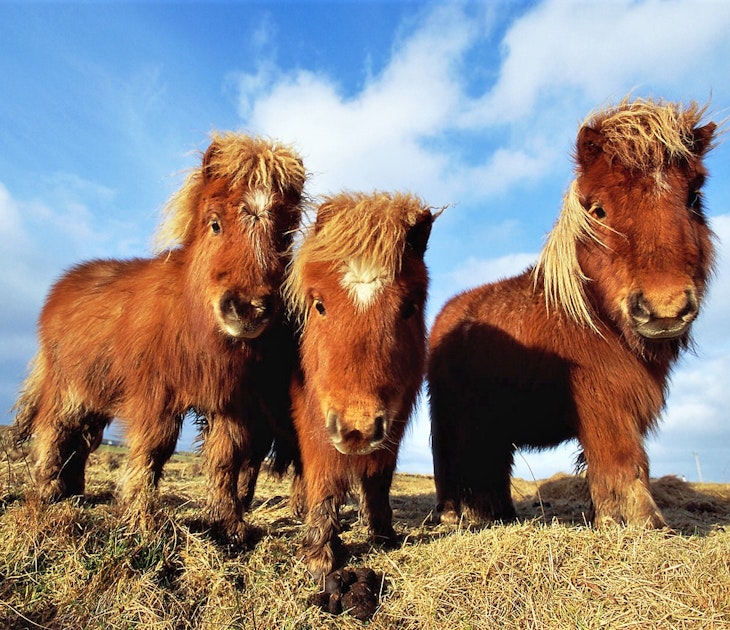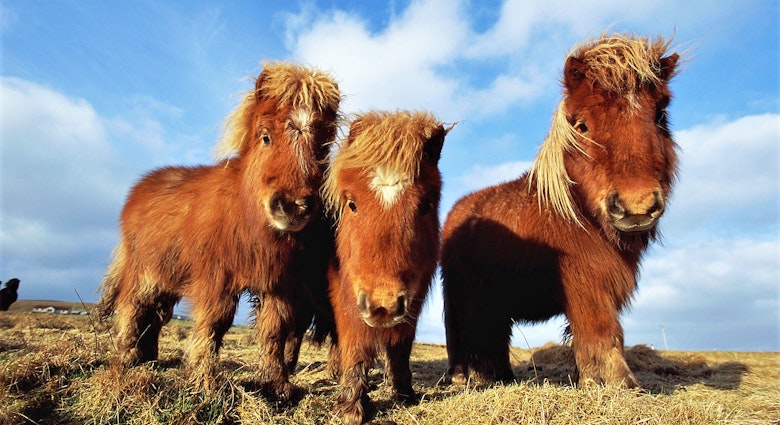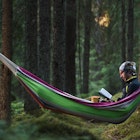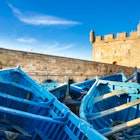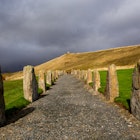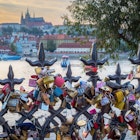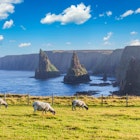In spring 2016, a mysterious brochure appeared in Orkney – the archipelago off Scotland's northern tip – listing reasons to visit the isle of Mama Westray. Must-see sights included fish-eating pigs, the Tropical Gardens of Nether Biggs and the Tomb of the Haddock. The brochure named actress Cate Blanchett as a regular visitor, and claimed she kept a pedal-powered car in the island’s airport.
The brochure was a spoof (it remains unclaimed). There is no Mama Westray, although it does bear comparison with its partial namesake, the isle of Papa Westray, and borrows inspiration from other places in Orkney. Why someone felt the need to invent another Orcadian island remains obscure, for the reality is far more compelling than any fiction. Anchored just a few miles off John O’Groats, these islands abound with history – from the evocative evidence of Stone Age society to the legacy of Viking settlement and then the wreckage of two world wars, Orkney's story has been 5,000 years in the making.
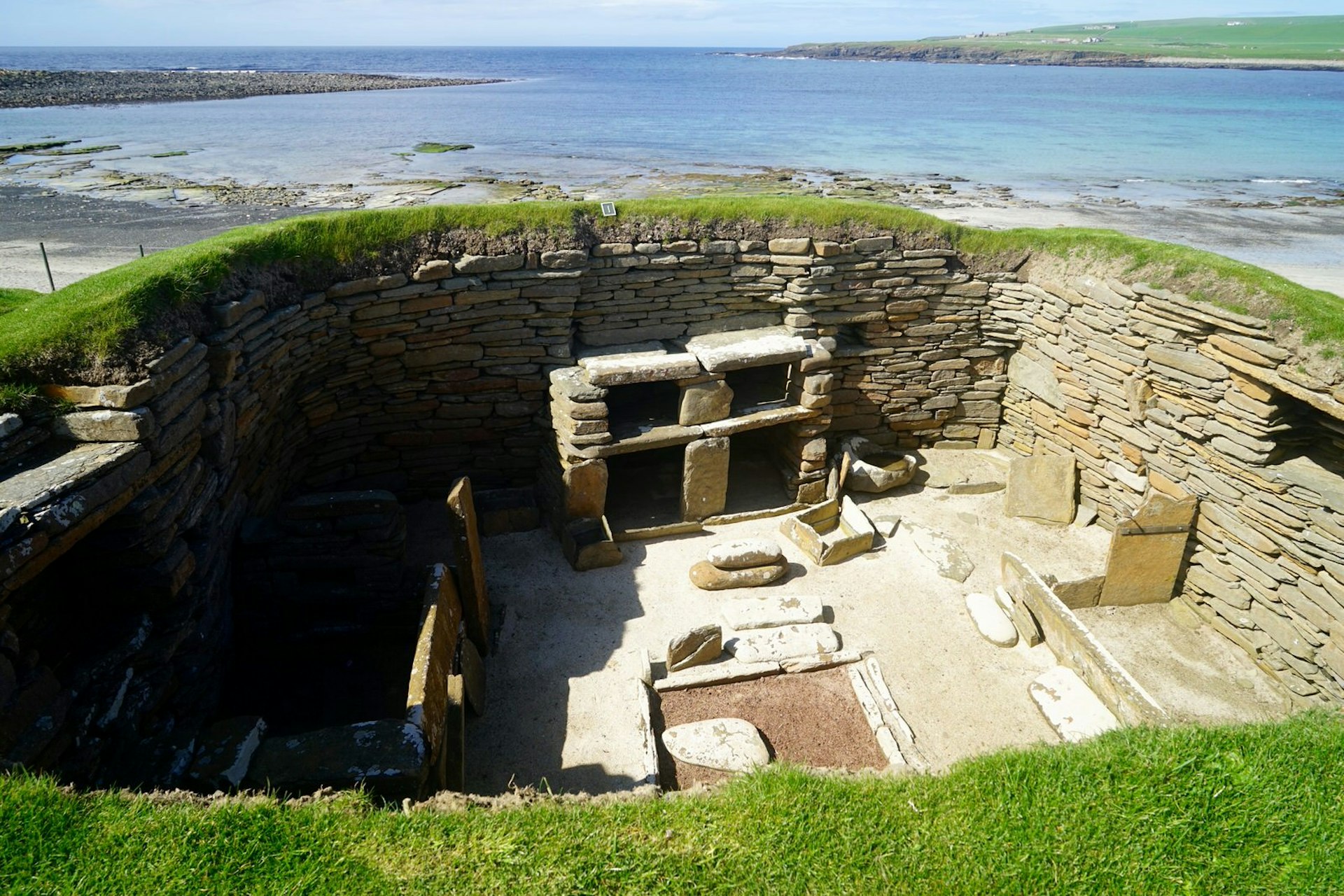
While many people come to enjoy the islands' nature, the headline act is history: in particular, the Unesco-listed Heart of Neolithic Orkney site, which embraces four locations on the archipelago’s largest island, Mainland.
The largest is Skara Brae, the remains of a village found beneath the dunes of the Bay of Skaill. Revealed by a storm in the mid-19th century, Skara Brae is older than the Pyramids and is so well preserved that archaeologists salvaged jewellery, tools and ritual objects, which are now on display in the interpretation centre. The village, occupied between 3100BC and 2600BC, consists of a ‘street’ connecting a cluster of houses, some of which still contain stone furniture – beds, cupboards, even dressers. Visitors can get a sense of what life was like for their makers by exploring the centre’s replica house.
As Skara Brae thrived, the Stone Age population of Orkney was leaving a legacy elsewhere. Three more testaments to their ingenuity lie close to each other at the heart of west Mainland: the Ring of Brodgar, the Standing Stones of Stenness and the chambered cairn of Maeshowe.
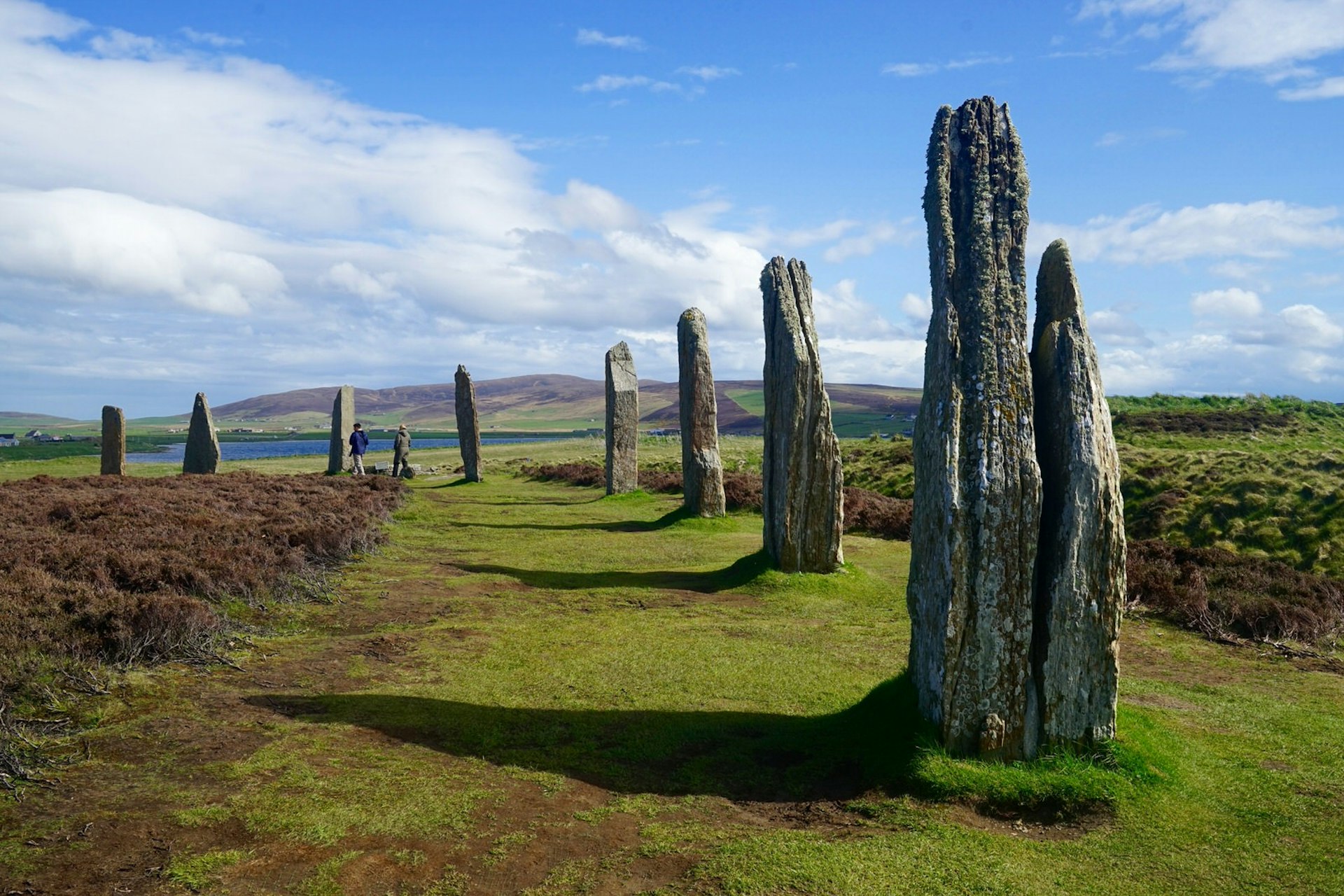
Only 27 of the 60 megaliths of the Ring of Brodgar remain upright, but even at a third of its original size, this 100m-wide circle on a thin strip of land between two lochs is arguably more dramatic than the famous Stonehenge (which it predates). It also hints at a society with a structured, if mysterious, system of beliefs.
The discovery of another complex of Stone Age buildings nearby promises to shed more light on the workings of that society. Geophysical surveys revealed the presence of buildings at the Ness of Brodgar in 2003; since then, exploratory digging has uncovered more ruins every summer, including the remnants of what archaeologists believe was a temple.
Visitors can contemplate even older structures up the road at Stenness, where four megaliths survive as evidence of what might be the oldest henge in the British Isles. Like the stones at Brodgar, their position suggests a connection to solar and lunar phenomena.
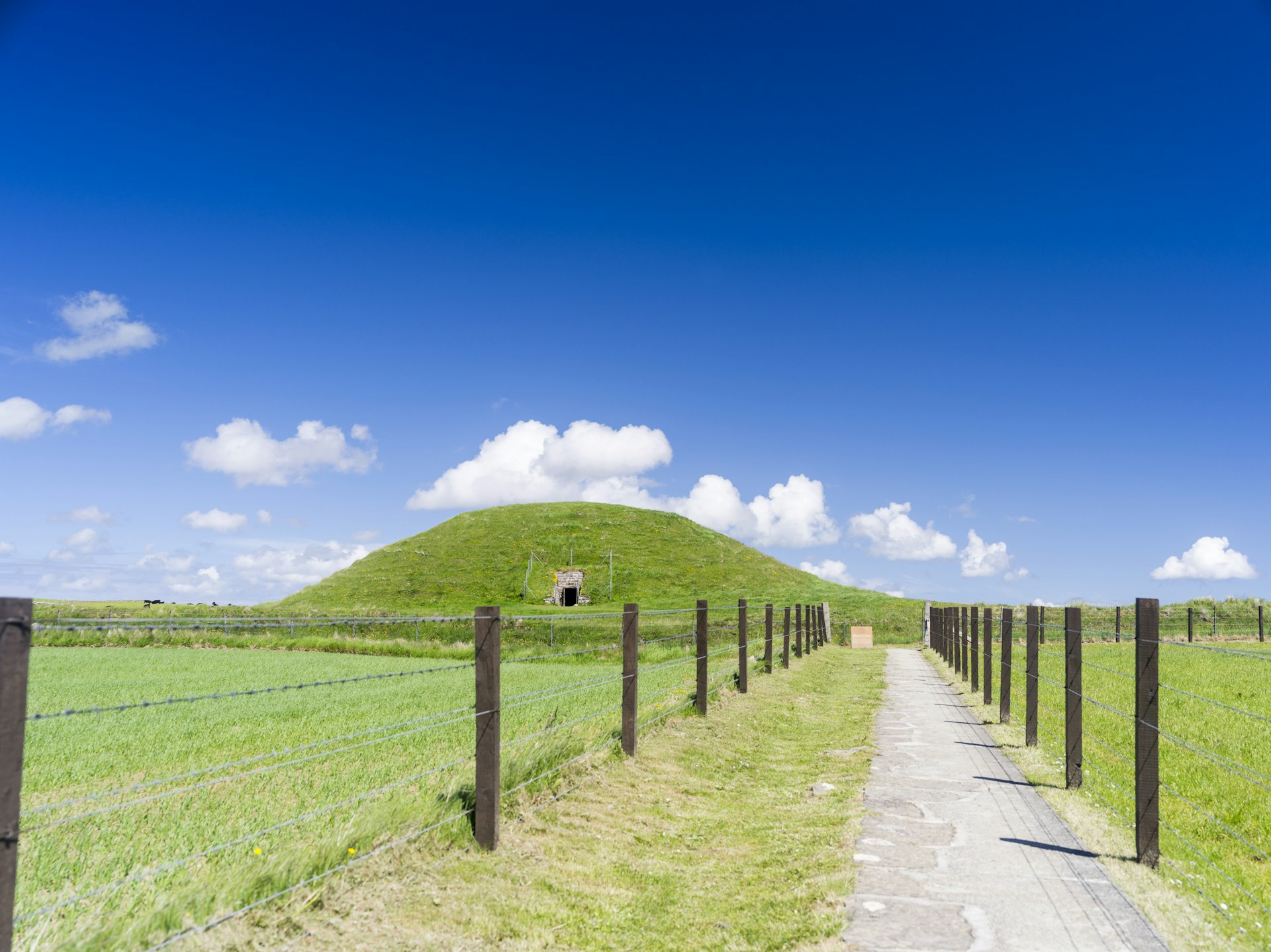
Less than a mile away lies the fourth part of the Heart of Neolithic Orkney site, Maeshowe. Maeshowe is one of many chambered cairns here, but it is the finest example of Stone Age craftsmanship not just in Orkney, but in the whole of northwest Europe. Concealed in a grassy mound, it consists of a passageway leading to a central chamber formed of huge flagstones supporting a beehive-shaped vault.
Like the surrounding landscape, Maeshowe is a palimpsest of history – during the excavation in 1861, archaeologists discovered that they were not the first to breach this ancient tomb; the walls are covered in runic graffiti left by Norsemen, who took shelter inside during a storm in the 12th century.
These cryptic scribblings are one of many visible examples of Orkney’s Viking Age; the islands, which were part of a Scandinavian kingdom until the 15th century, served as a centre of trade and a launchpad for conquests.
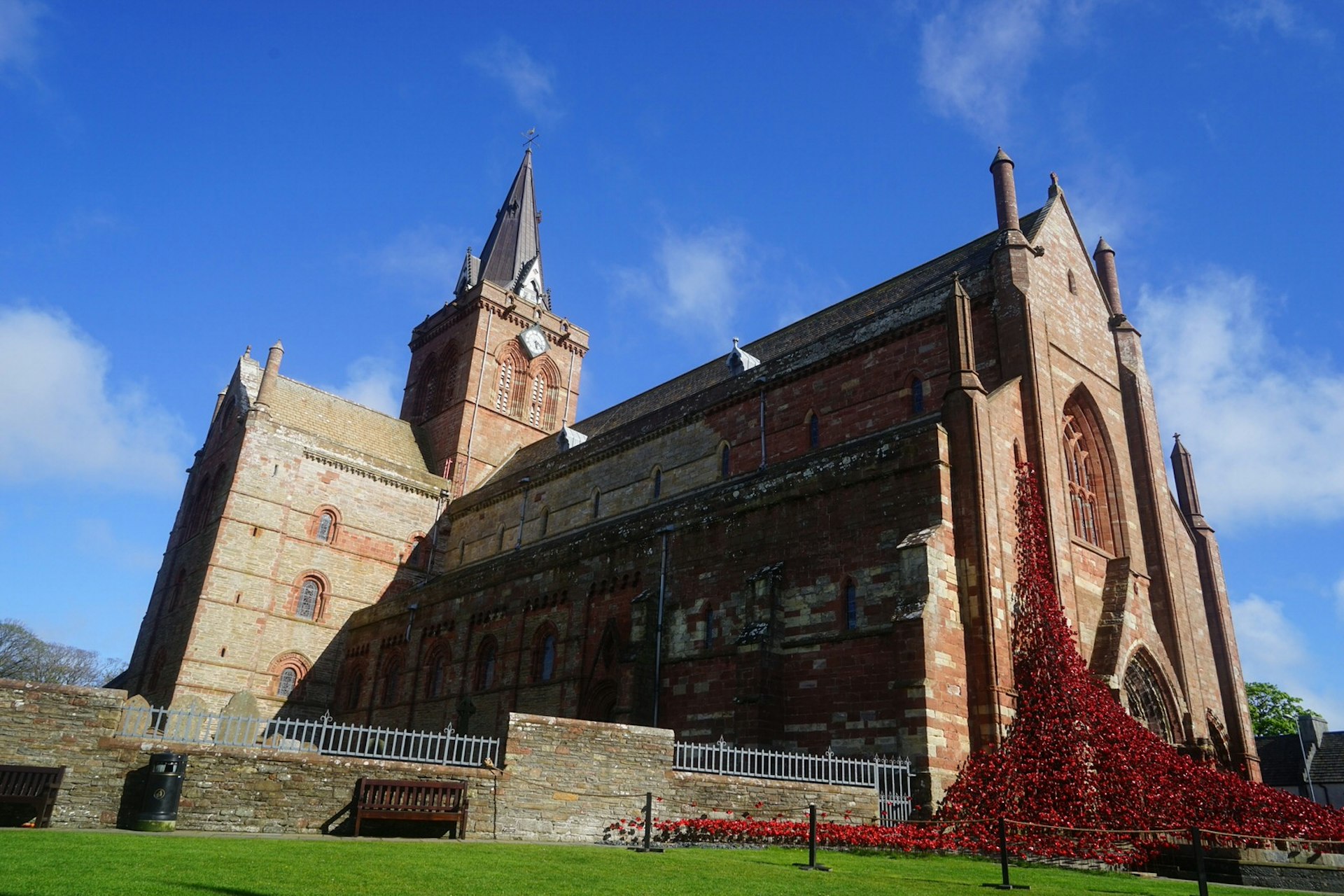
A network of interpretation boards – the Orkneyinga Saga Trail – mark events and places from the period, but visitors won’t need much help to find the most significant memorial: St Magnus Cathedral – known as the ‘Light in the North’ – dominates the centre of Orkney’s capital, Kirkwall. Hewn from blocks of sandstone, the most northerly cathedral in Britain is a fine example of Romanesque medieval architecture.
The cathedral was founded in 1137 in honour of Norwegian Magnus Erlendsson, a 12th-century Earl of Orkney double-crossed by his cousin and murdered while praying on the island of Egilsay. After travelling to Orkney to claim the earldom, Magnus's nephew Rognvald promised to build a place of pilgrimage for his slain uncle. Magnus and Rognvald's bones lie within the walls of the cathedral's choir.
Orkney’s strategic significance endured after the Vikings gave the islands back to Scotland in 1468 because of the sheltered waters of Scapa Flow. Offering a strong position from which to control the North Sea and North Atlantic, this vast natural harbour eventually became the base of the British Navy’s Grand Fleet in WWI, and the renamed Home Fleet in WWII.

The Scapa Flow Visitor Centre and Museum at the former Royal Naval Base on Hoy chronicles stories from that tumultuous period. Chief among them is the night of 21 June 1919, when a captured German fleet scuttled its ships to prevent them falling into British hands. Many of these sunken vessels were salvaged over the years – an extraordinary tale in itself – but a few remain on the seabed, creating a unique destination for divers.
The government bolstered Scapa Flow’s defences after a devastating U-boat attack in 1939, and Winston Churchill ordered barriers be built to seal the harbour’s eastern approaches. The blockships sunk to protect these barriers mean that even novice divers can get a taste of wreck diving here (try Scapa Scuba, Orkney’s only PADI-certified dive centre).
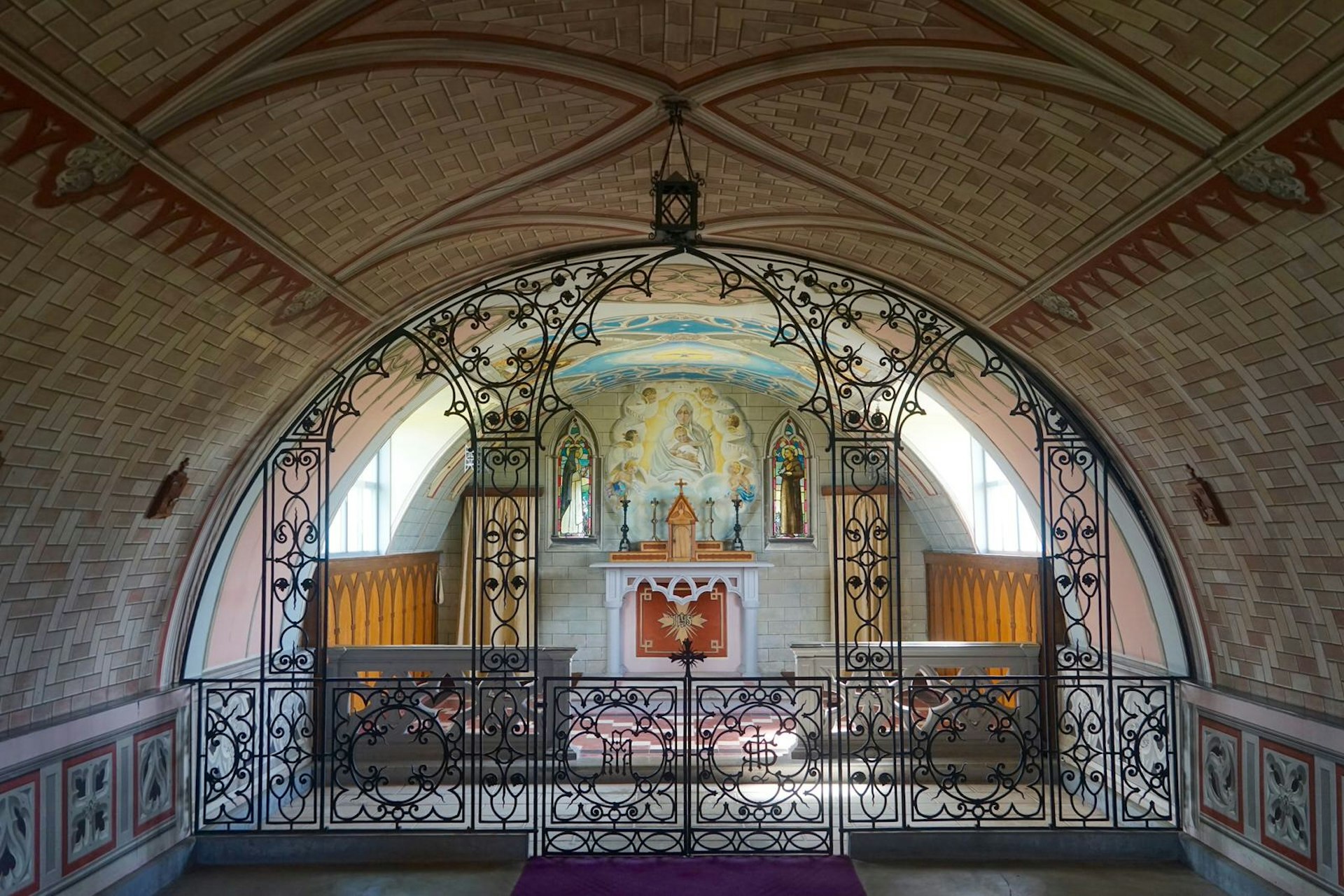
Italian POWs built the barriers, and these men left perhaps Orkney’s most poignant wartime memorial of all: fashioned from two Nissen huts, the ornate Italian Chapel in Lamb Holm is a testament to the human spirit, a pinprick of light at a time of spiritual eclipse.
Make it happen
Independent travellers are well catered for in Orkney, with car and bike hire, an extensive inter-island transport network and a wide range of places to stay. The Orkney Explorer Pass, which grants entry to Skara Brae, Maeshowe and several other sites, is an economical way to experience the islands’ multi-layered history. Alternatively, Visit Orkney maintains a list of guided tour operators, as well as other useful information.
Regular flights connect Kirkwall to Glasgow, Edinburgh, Aberdeen, Inverness and Sumburgh. There are also four ferry routes, ranging from a seasonal passenger service from John O'Groats to Burwick that takes a mere 40 minutes, to an epic six-hour voyage aboard a Northlink Ferries ship up the coast from Aberdeen to Kirkwall, an adventure in itself.
James Kay travelled to the archipelago with support from the Orkney Tourism Group. Lonely Planet contributors do not accept freebies in exchange for positive coverage.
Last updated in October 2017.

